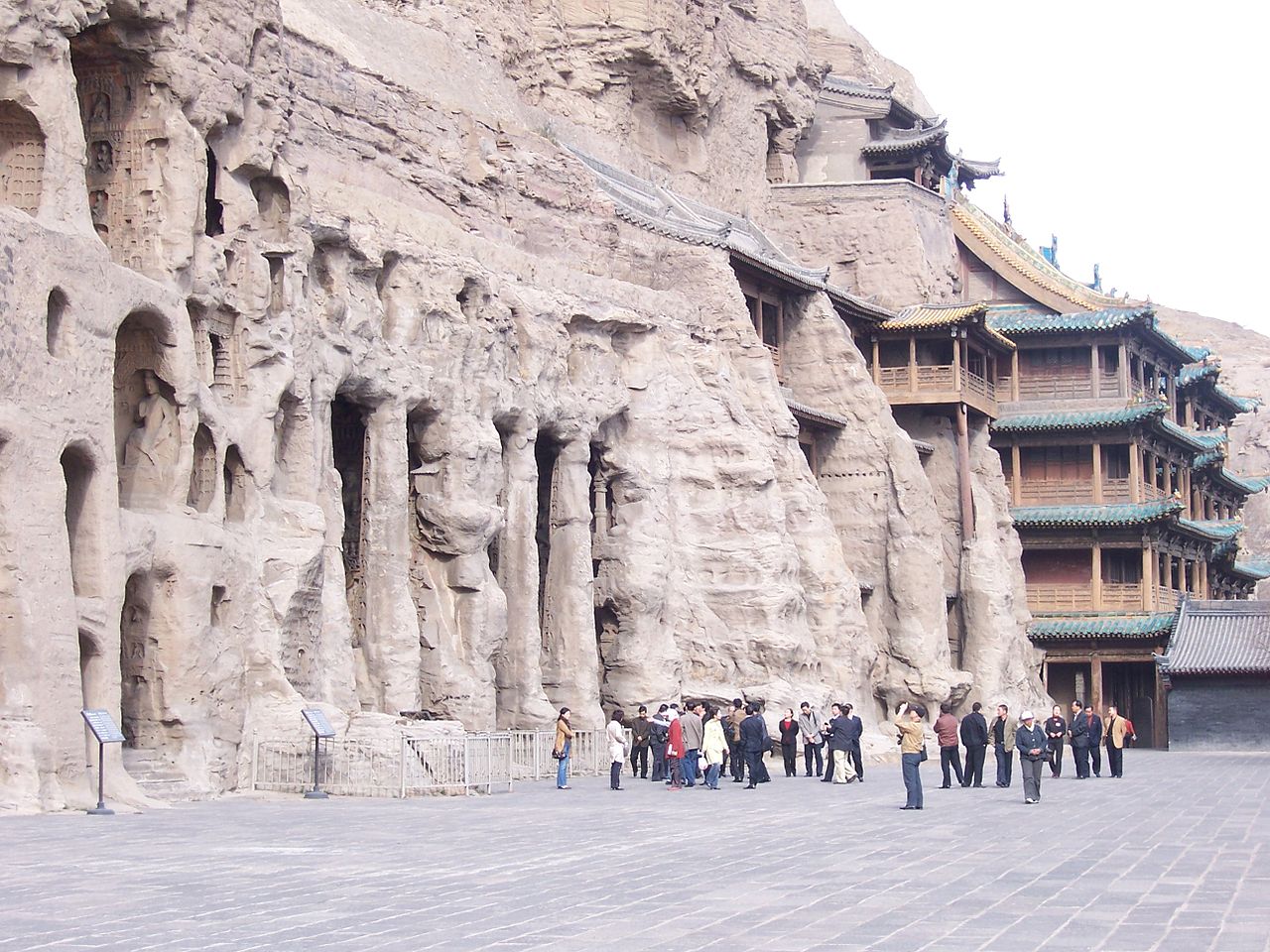13.03.: Gastvorträge: Silk Route, Buddhist Arts and History
Two Guest Presentations on Silk Route, Buddhist Arts and History
- When: March 13th, 3:30 – 4:45 pm
- Where: Room 436, 3rd floor, Faculty of Natural Sciences,
Hellbrunnerstraße 34, University of Salzburg
Title 1: New Archaeological Discoveries in and around Yungang Rock-cut Cave Chapels
Speaker: Lidu Yi, Associate Professor: Art History (Asian Art), Department of Art and Art History, Florida International University  Abstract: Archaeological excavations in 2009, 2010 and 2012 at Yungang: a 5th-century rock-cut court cave complex, have shed significant new light on the architectural configurations of monastery ruins in Yungang and in the Northern Wei capital Pingcheng (current Datong in Shanxi Province), the functions of different sections of the cave complex, as well as monastic life within it. For the first time, it is possible to reconstruct where the monks lived and translated sacred literary texts, and to fully understand that freestanding monasteries are an important component of the rock-cut cave complex. This lecture discusses the archaeological discoveries in and around Yungang, and their significance and related issues in reconstructing and fully understanding the important components of Yungang in the 5th century. It also explores the traditions of making colossal Buddha images in Yungang and Bamiyan.
Abstract: Archaeological excavations in 2009, 2010 and 2012 at Yungang: a 5th-century rock-cut court cave complex, have shed significant new light on the architectural configurations of monastery ruins in Yungang and in the Northern Wei capital Pingcheng (current Datong in Shanxi Province), the functions of different sections of the cave complex, as well as monastic life within it. For the first time, it is possible to reconstruct where the monks lived and translated sacred literary texts, and to fully understand that freestanding monasteries are an important component of the rock-cut cave complex. This lecture discusses the archaeological discoveries in and around Yungang, and their significance and related issues in reconstructing and fully understanding the important components of Yungang in the 5th century. It also explores the traditions of making colossal Buddha images in Yungang and Bamiyan.
Title 2: Spatial History. Using GIS and Open Web Resources to Reconstruct XuanZang’s ‘Great Tang Records of the Western Regions’ on the Silk Route
Speaker: Zhaohui Jennifer Fu, Head of GIS Center and Digital Collection Center, Libraries, Florida International University  Abstract: The “Records of Western Regions of Great Tang“ by XuanZang, a Tang Dynasty Buddhist pilgrim who travelled to India, contains more than 120,000 Chinese characters describing the geography, climate, vegetation and products, people, language, mythology, religious practice, customs in 110+ countries, regions and city-states. It is one of the most important work for studying history and geography of west, central Asia and ancient India. This presentation will discuss preliminary results on how GIS and Open Web resources can be used to reconstruct XuanZang travel routes and places, many of which are still unknown or unidentified. The goal of this project is to: 1) validate and predict the unknown or unidentified ancient places and cities recorded by XuanZang; 2) create an open, on-line digital story map of Records of Western Regions built upon existing, open web resources.
Abstract: The “Records of Western Regions of Great Tang“ by XuanZang, a Tang Dynasty Buddhist pilgrim who travelled to India, contains more than 120,000 Chinese characters describing the geography, climate, vegetation and products, people, language, mythology, religious practice, customs in 110+ countries, regions and city-states. It is one of the most important work for studying history and geography of west, central Asia and ancient India. This presentation will discuss preliminary results on how GIS and Open Web resources can be used to reconstruct XuanZang travel routes and places, many of which are still unknown or unidentified. The goal of this project is to: 1) validate and predict the unknown or unidentified ancient places and cities recorded by XuanZang; 2) create an open, on-line digital story map of Records of Western Regions built upon existing, open web resources.





